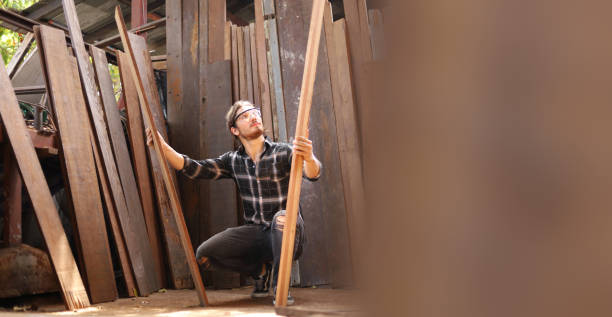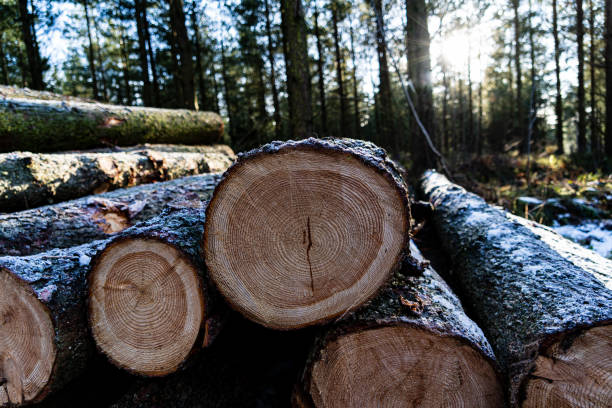The “queen of woods” title refers to teak wood. So, it is not strange that this kind of wood is frequently utilized as a building material for wooden houses. This wood was selected for more reasons than just its amazing durability. However, it can also improve the social standing of the home’s owner. People who own teak wood homes are seen as being in stable financial situations. Because teak wood is famous for being expensive. Additionally, it turns out that teak wood was chosen for building houses on the grounds that it was thought to have an effect on the home’s owner.

Understanding Teak Wood: Types, Advantages, and Disadvantages for Wooden Houses
Golden Teak
The variety of teak that is most frequently grown is called gold teak. This is due to the golden teak tree’s ability to grow and live more quickly than other varieties of teak. Usually perfect for use in the construction of aesthetic homes or villas. Golden teak may be harvested and used to make industrial wood or furniture in just 6 to 14 years. The darker skin and visible pores of gold teak are its main distinctive features.
Advantages of Golden Teak:
- The tree is stronger as it gets older.
- Growth in size
- The stem is easy to form and is straight.
- Twigs can be utilized as supplementary wood because they are straight and strong.
- The cost of wood is lower than that of other kinds of teak.
- There is no need to search for suppliers because they are everywhere.
Disadvantages of Golden Teak:
- The base is frequently hollow, therefore cutting it often results in less-than-ideal outcomes because it does not reach the bottom.
- If it has been harvested, the wood is weak and sensitive to dampness.
- There is a lot of water present.
Perhutani Teak
The teak that has been directly treated by the Department of Forestry is known as TPK or Perhutani teak wood. Because of this, the breed is unique. This species needs special handling because it develops more slowly and requires more care.

To become an adult tree, Perhutani teak requires 20 years of growth. Perhutani teak is not cut down at random. Each procedure needs to be approved by the department in order to guarantee that the wood meets standards.
Advantages of Perhutani Teak:
- The wood grain is really tight.
- Perhutani teak is more durable and strong than other varieties of teak.
- Because the color is 3D, it appears more vibrant and textured.
- The log has a sizable diameter.
- A straight log that is simple to cut
- The quality is superior due to careful selection.
- Roots and stems contain natural oils.
Disadvantages of Perhutani Teak:
- The cost of Perhutani teak is significantly more than the norm for other types of wood because of its carefully maintained cultivation and processing.
Rakyat Teak
the kind of this teak is characterized by its bending stem and large pores. Rakyat teak takes longer to grow than golden teak. Only when the wood is between the ages of 14 and 26 can it be ready to be harvested and used to make furniture. People’s teak has deep pores because of the slow rate of growth. Rakyat teak differs from Perhutani teak and gold teak in that it contains less sapwood.
Advantages of rakyat teak:
- The pricing of Rakyat Teak is less expensive than that of Gold Teak and Perhutani Teak.
- Fell wood may be found almost anywhere.
Disadvantages of rakyat teak:
- The quantity of water and sap is fairly high
- Pale wood is less attractive.